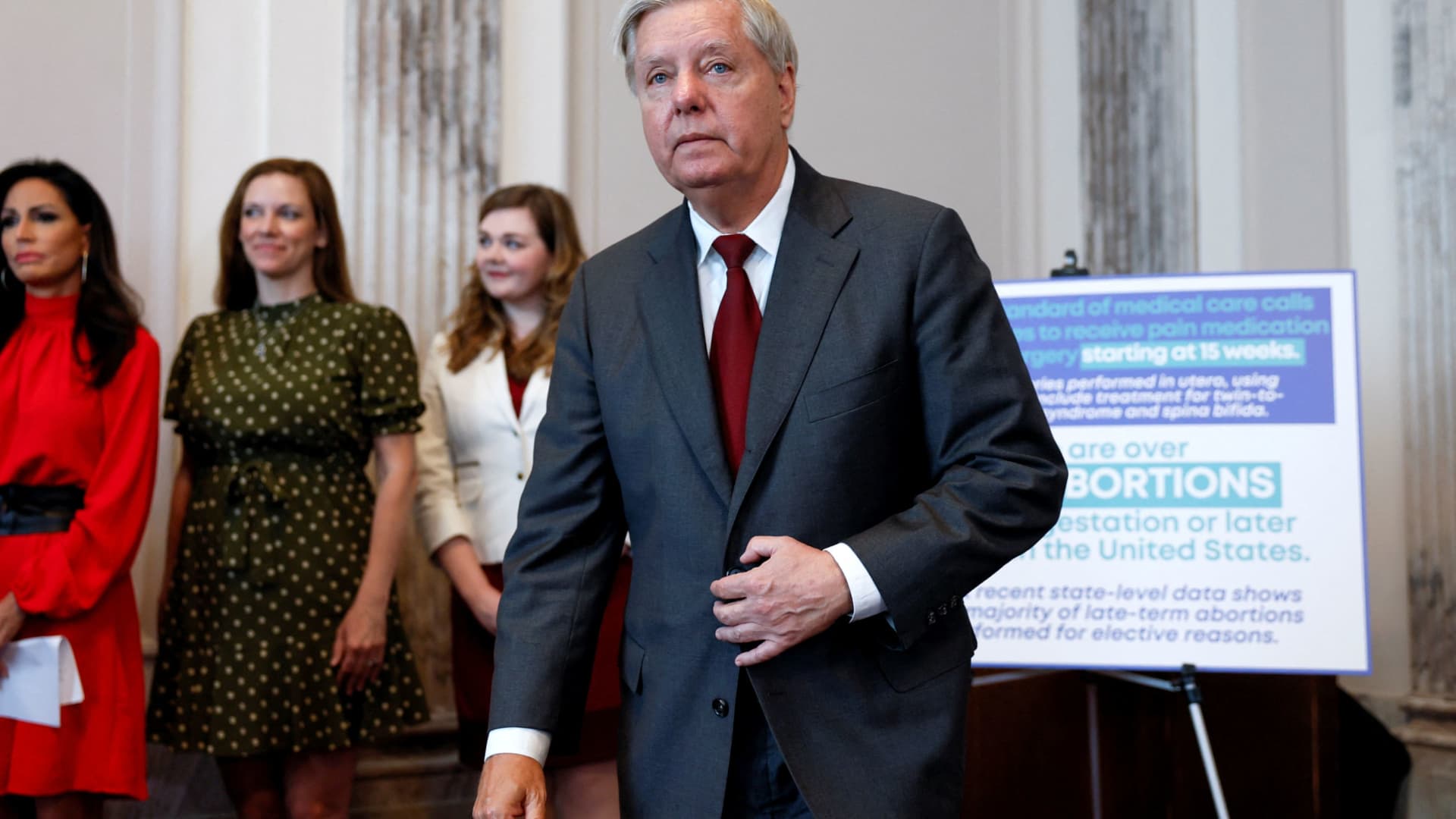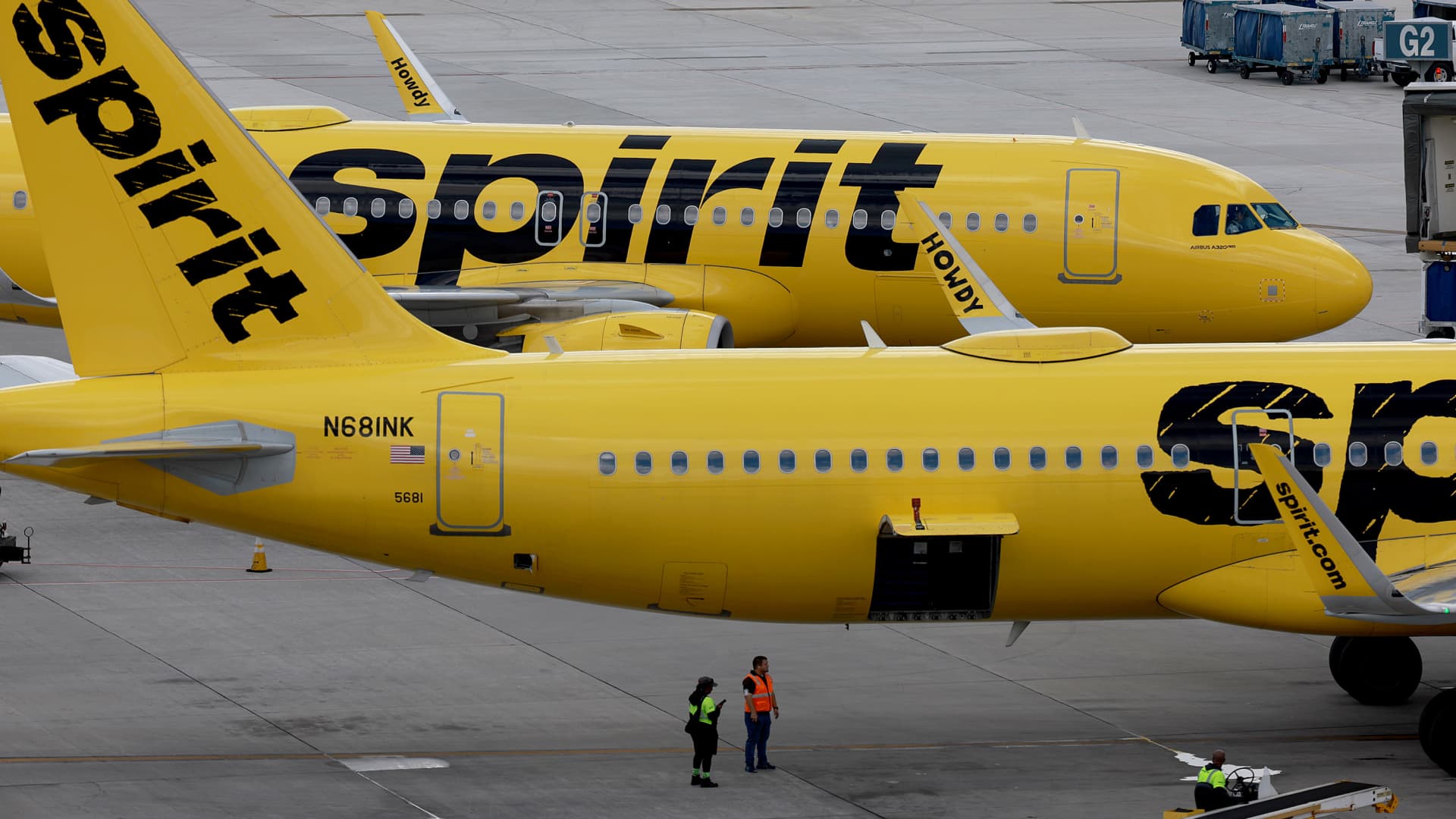US Markets
Wednesday, October 11th, 2023 2:03 pm EDT
Key Points
- Wholesale Price Increase: The producer price index (PPI) in the U.S. rose by 0.5% in September, surpassing the Dow Jones estimate of a 0.3% increase, indicating higher-than-expected inflationary pressures for the U.S. economy. This rise follows a 0.7% increase in August.
- Core PPI and Inflation Drivers: When excluding food and energy, the core PPI increased by 0.3%, exceeding the forecast of 0.2%. Excluding food, energy, and trade services, the index rose by 0.2%, in line with estimates. The primary drivers of inflation came from final demand goods, which surged by 0.9%, with gasoline prices notably jumping by 5.4%. Services also contributed to inflation, with a 0.3% increase, while deposit services at commercial banks saw a significant 13.9% cost surge.
- Impact on Policy and Financial Markets: The PPI is considered a leading indicator for inflation and has implications for the Federal Reserve’s policy decisions. While markets showed a mild reaction to the PPI release, with slight decreases in stock futures and Treasury yields, the recent rise in Treasury yields has led central bank officials to suggest that additional interest rate hikes may not be necessary. The Federal Reserve has been raising rates to combat inflation, with one more rate increase anticipated before the year’s end. The Labor Department is set to release the more closely watched consumer price index (CPI) report, expected to show a slight easing in the pace of inflation.
In September, wholesale prices in the United States increased more than anticipated, underscoring persistent inflationary pressures in the country. The Labor Department’s report revealed that the producer price index, which measures the costs producers pay for finished goods, rose by 0.5% during the month, surpassing the Dow Jones estimate of a 0.3% increase. Although this was less than the 0.7% rise seen in August, it still indicated inflationary trends.
When excluding food and energy costs, the core producer price index (PPI) increased by 0.3%, surpassing the expected 0.2% rise. Excluding food, energy, and trade services, the index rose by 0.2%, aligning with the estimated increase. Notably, the primary drivers of inflationary pressures came from final demand goods, which surged by 0.9%, with gasoline prices increasing notably by 5.4%.
Services also contributed to inflation, with final demand services (excluding trade, transportation, and warehousing) costs rising by 0.3%. Final demand trade services costs increased by 0.5%, and deposit services at commercial banks saw a substantial surge of 13.9% in costs.
On a year-over-year basis, the headline PPI showed a 2.2% increase, the largest since April. This is significant, as the 12-month pace had slowed to as low as 0.2% in June but has steadily risen since.
The PPI is considered a leading indicator for inflation, encompassing a wide range of costs for goods that ultimately affect consumer products. The report influences the policy decisions of the Federal Reserve, which has been raising interest rates as a countermeasure to inflation. However, recent indications from central bank officials suggest that additional rate hikes may not be necessary, as rising Treasury yields have tightened financial conditions, calming market concerns and boosting stock markets.
The Federal Reserve aims for 2% annual inflation but does not anticipate reaching that target for several years. Market pricing suggests that the central bank is unlikely to raise rates further in this cycle, despite having one more rate hike penciled in before the year’s end. The Labor Department is set to release its closely watched consumer price index on Thursday, and it is expected to reveal a slight easing in the pace of inflation.
For full original article on CNBC, please click here: https://www.cnbc.com/2023/10/11/ppi-september2023-.html




